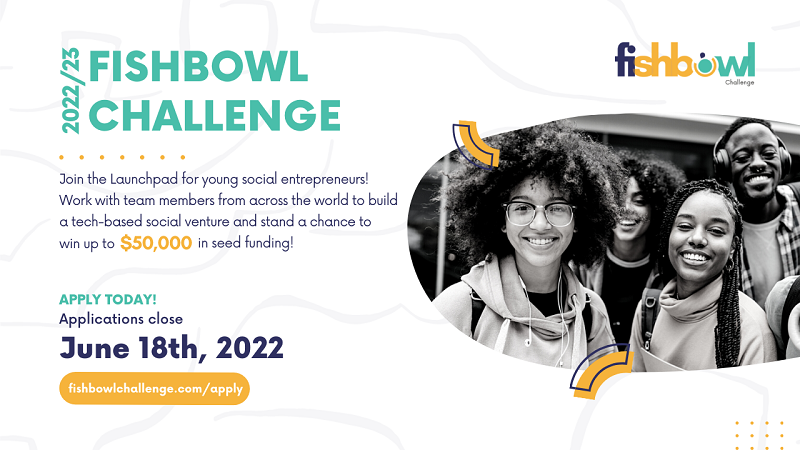5 Ways to Succeed in a Competitive Market
Globalization, digital disruption and the exponential pace of technology-led innovation have made competition fiercer in every sector.
The global English as a Second Language sector offers prime examples, where technology-led disruption has become the new normal after the pandemic accelerated digital adoption. Developments in education technology are helping service providers meet the surging global demand for education services through e-learning platforms. As more nimble digital-first providers enter the market, the industry’s established companies are responding by prioritizing their innovation agenda to stand out in this increasingly competitive marketplace.
With these five helpful tips, entrepreneurs and legacy businesses can apply similar principles to shine bright and be the best in a highly competitive market.
Related: 3 Principles for Personal Branding Success
1. Rethink traditional approaches and re-design legacy models
The shift from the in-person physical classroom to virtual learning and e-learning platforms prompted forward-thinking education providers to re-engineer their course design and re-architect traditional delivery methods to ensure students participate and remain engaged.
Those providers that chose to maintain the status quo and retain their traditional approach by attempting to shoehorn legacy delivery methods and curriculum via digital channels quickly lost relevance and market share.
Virtual learning relies more on materials such as text, practical exercises and multimedia content than the direct personal interactions, discussions and presentations that characterize the traditional classroom environment. Online coursework should also offer remote students greater autonomy and flexibility to individualize the learning process, with on-demand support available through multiple communication channels for a seamless and engaging user experience.
Entrepreneurs should apply these same principles when digitizing their legacy business model in response to the rising tide of digital disruption. Simply providing your products or services via a digital platform is insufficient to meet the customer experience preferences and evolving engagement demands of modern digital-first or digital-native consumers.
2. Build a differentiated brand
Traditional education technology actors invest little thought and resources into building a brand that connects with consumers. This lack of insightful strategic planning merely creates a generic brand that has no character in the eyes of consumers.
In an increasingly cluttered and competitive marketplace, this lack of differentiation means these companies lack the competitive edge that comes from proactively and attentively building a brand with clear values that resonate with the target market.
According to the Harvard Business Review, the most profitable strategies are “built on differentiation: offering customers something they value that competitors don’t have.” Crafting a brand value proposition and messaging that communicates why it is authentic is a game changer.
3. Test, learn, turn
Developing and implementing innovative ideas and concepts is often a hit-and-miss approach.
Given the likelihood that innovation may fail, having zero tolerance for failure within an organization can stymie the innovative thinking that helps companies stand out from their competitors and gain a competitive advantage.
The “test, learn, turn” approach is a practice widely embraced by consumer-focused companies such as retailers and banks to test new ideas and solutions. The key to success with this approach is creating a culture of experimentation and an environment that fosters bravery and supports boldness, with agile systems and processes that allow companies to roll out and test new concepts quickly and fail fast if they do not gain traction.
This allows the business to pivot quickly if things don’t work out or rapidly roll out innovations when a new product or service delivers impact. Fostering a company culture that nurtures bravery and boldness ultimately breeds the paradigm-altering innovation and disruption that can transform businesses in the digital era.
4. Build an innovation pipeline
Product development is not a destination. It is an ongoing journey in the dynamic and rapidly evolving modern marketplace.
For example, Novakid continues to leverage technology to develop the company’s product beyond simply providing English lessons via an e-learning platform. The company has invested significantly in developing gamified learning capabilities to add dimension to the virtual learning experience and increase learner engagement.
And Novakid, along with other learning institutions, continue to invest resources to advance their digital capabilities via more immersive multimedia and multi-platform approach, with numerous service providers, busy experimenting and implementing virtual reality, augmented reality and mixed reality solutions to create more immersive learning experiences.
More advanced technologies like analytics, big data, artificial intelligence and machine learning are also helping to elevate the e-learning experience and improve learner outcomes by personalizing learning and creating opportunities to customize the experience through truly adaptive and self-paced learning.
Companies that fail to allocate capital and resources to build and support a digital-led innovation pipeline will quickly fall behind the rapid pace of technological advancement in their sector.
5. Hyper-personalize the experience
This ability to hyper-personalize the customer experience ultimately ensures companies stand out from the rest in an increasingly globalized and cluttered marketplace. Enabling hyper-personalization at scale through digital technology adoption ensures consumers receive offers for products and services that are most relevant to them at the appropriate time and place in the customer lifecycle.
Overlaying customer data with AI allows companies to make these hyper-relevant and hyper-personalized suggestions based on learned behavior and individual customer preferences to enhance the overall experience and drive business growth.
This analysis identifies individual strengths and weaknesses, which can inform learning pathways or recommend additional lessons to help students improve their learning outcomes individually.
Source: enterpreneur.com
Cc: Max Azarov
#EduSAVINGS#EduLOANS#EduSURE#INTERNSHIP#SCHOLARSHIP#EduHEALTHMAINTAINANCE#ENTERPRENUERSHIP#PressPayNg#TERTIARY#EDUCATION#TUITION#FEES#UNIVERSITY#POLYTECHNIC#MONOTECHNIC#FELLOWSHIP#COLLEGEOFEDUCATION#HOLIDAYJOBS#SOFTSKILLSTRAINING




